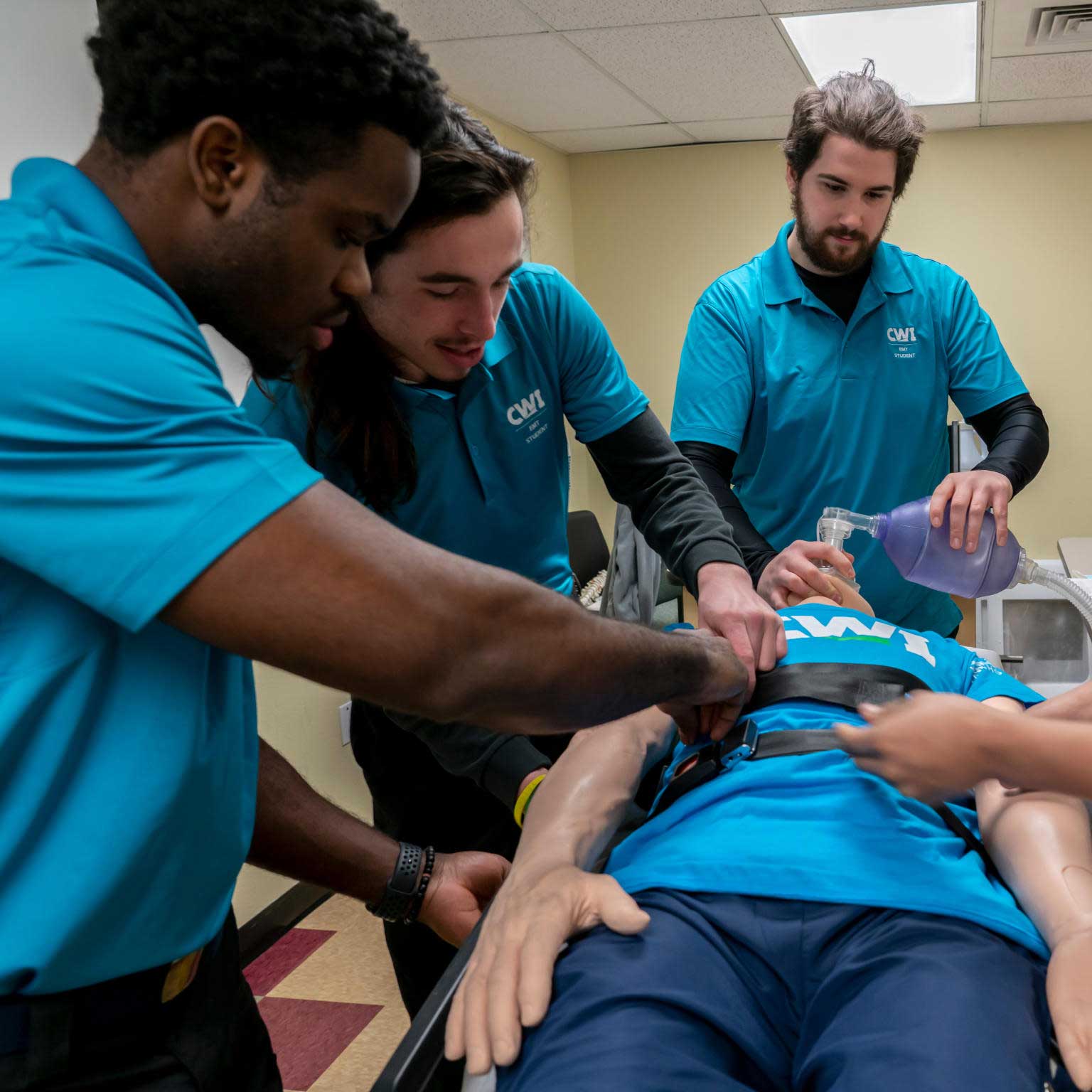Enabling Clients Through Understanding to Improve Pain Control Strategies and Enhance Outcomes
Enabling Clients Through Understanding to Improve Pain Control Strategies and Enhance Outcomes
Blog Article
Discomfort management is an important aspect of healthcare that affects many people. Understanding pain and how to control it can significantly improve a person's quality of life. Patients often experience various types of pain, including sharp pain from injuries or surgeries and long-lasting pain that lasts for months or even years. By empowering patients with knowledge about their pain, healthcare providers can help them make informed decisions about their treatment choices. This article examines how education and awareness can enhance pain management approaches and lead to better health results.
One of the first steps in efficient pain management is understanding the essence of pain itself. Pain is a complicated experience that involves both physical and emotional aspects. It can be influenced by a person's mental state, past events, and even their surroundings. By educating patients about the different types of pain and their origins, healthcare providers can help them identify their pain patterns. This understanding allows patients to discuss more clearly with their doctors, leading to more personalized and effective treatment plans.
In addition to comprehending pain, patients should also be educated about the various pain management methods available. These methods can include medications, physical therapy, psychological support, and complementary therapies such as acupuncture or massage. Each approach has its benefits and potential side effects. By offering patients with thorough information about these options, they can actively participate in their treatment choices. This engagement not only empowers patients but also cultivates a sense of authority over their health, which can be advantageous for their overall health.
Another vital aspect of pain management is the importance of setting achievable goals. Patients should be encouraged to discuss their pain levels and how it impacts their daily lives with their healthcare providers. By setting realistic goals, such as reducing pain to a manageable level or improving mobility, patients can collaborate with their medical team to track progress. This goal-oriented approach helps patients stay engaged and involved in their treatment, leading to improved outcomes and a higher quality of life.
Finally, ongoing education and support see this here are essential for efficient pain management. Patients should be motivated to seek out support systems, such as support groups or educational workshops, where they can learn from others who have similar stories. These resources can provide valuable insights and coping techniques that enhance pain management initiatives. Additionally, healthcare providers should maintain open lines of communication with their patients, ensuring they feel at ease discussing any concerns or changes in their pain. By fostering a supportive atmosphere, patients can feel empowered to take charge of their pain management journey, ultimately leading to improved health outcomes.